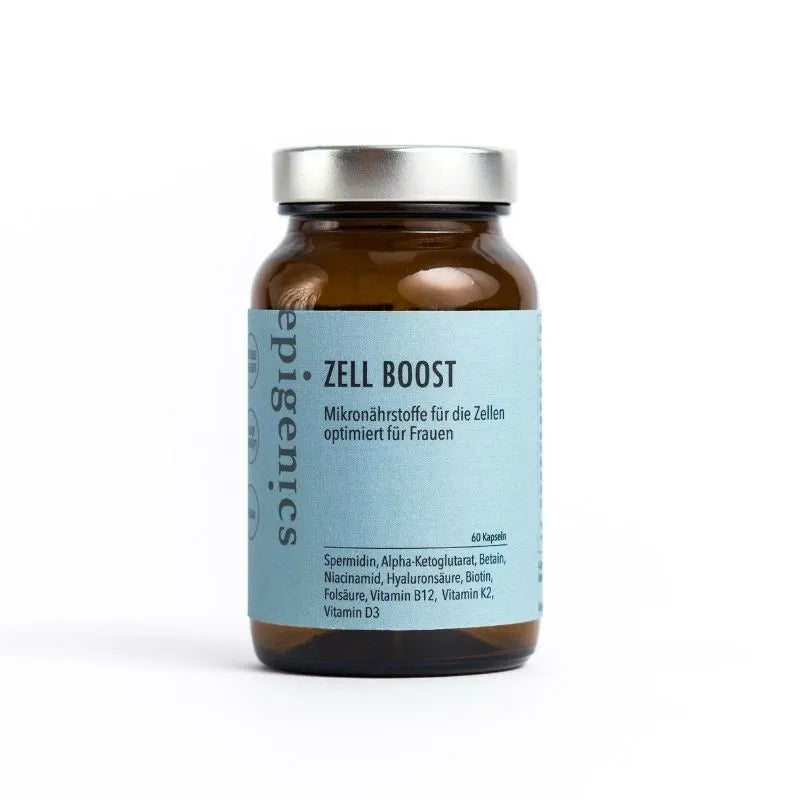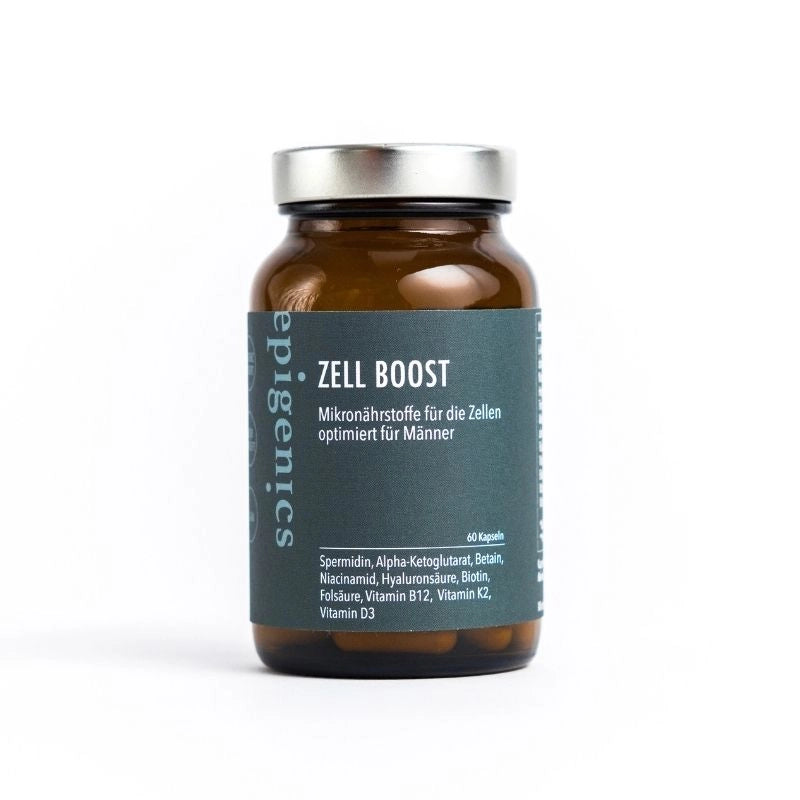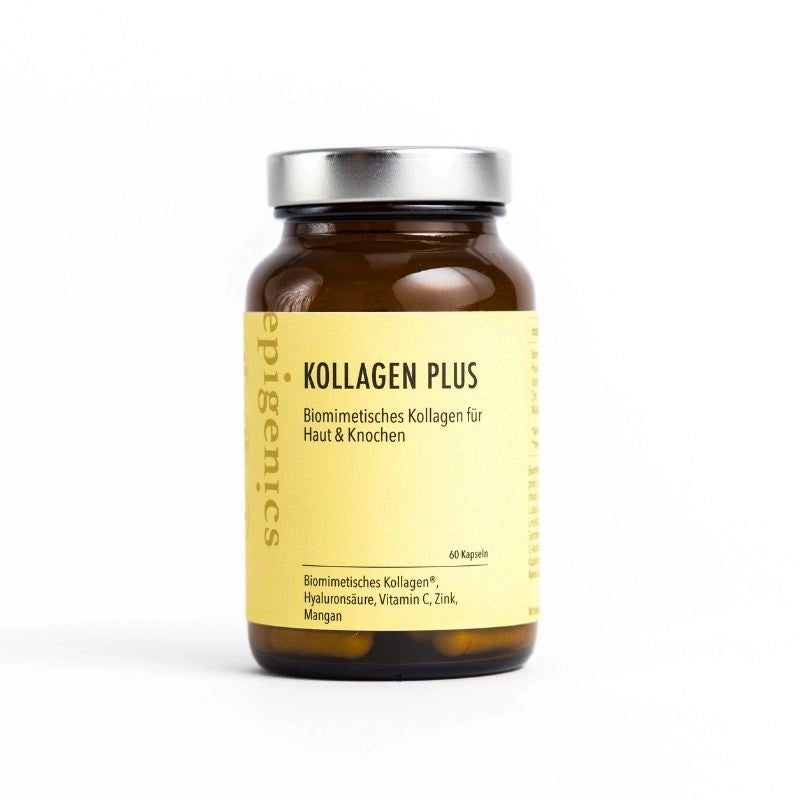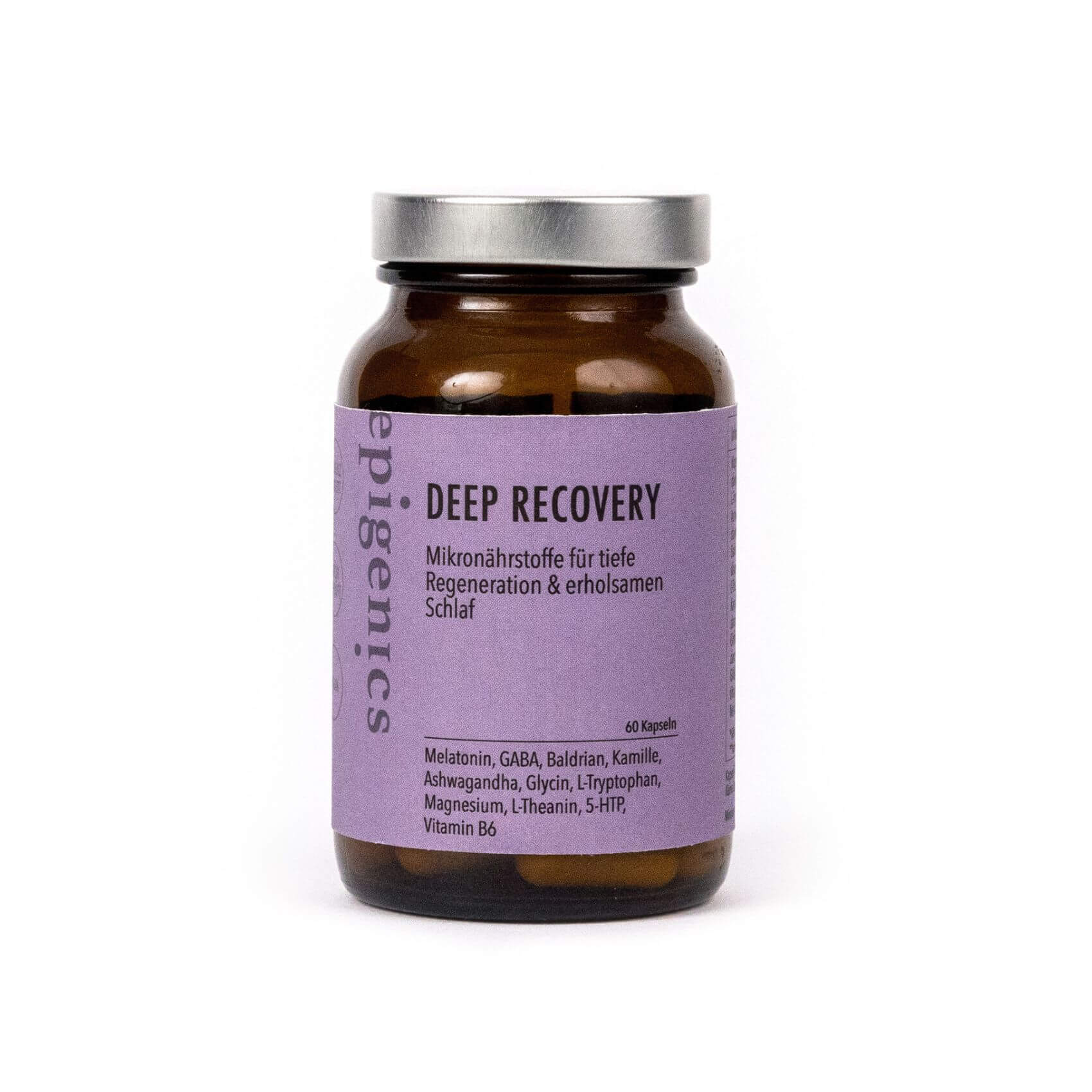Spring fatigue

Spring fatigue: causes, symptoms and effective tips against seasonal fatigue.
Spring is here and with it the crocuses are sprouting, the birches are greening up and the daffodils are coming out. But despite the first rays of sunshine, many people suddenly feel tired and listless. We are talking about springtime fatigue, which affects many people anew every year. But where does this listlessness come from and what can you do about it?
Spring fatigue: what is it?
Spring fatigue occurs in many people between January and May and can last for two to four weeks. Those affected often feel listless and listless. In addition to fatigue, symptoms include circulatory problems, headaches, mood swings and poor concentration. According to a 2017 survey by Emnid, 22 percent of men and 39 percent of women complain of these symptoms in spring.
Why are we tired in spring?
1. hormone balance
The ratio of light and darkness plays an important role in our hormone balance. Low light stimulates the formation of melatonin, our sleep hormone. More light, on the other hand, stimulates the formation of serotonin. Together regulate melatonin and serotonin regulate our sleep-wake cycle.. After the dark winter, many people's serotonin stores are empty and melatonin stores are full, which can lead to an imbalance between melatonin and serotonin in the spring, and thus to fatigue and listlessness.
2. temperature and circulation
When the cold of winter is replaced by warmer temperatures in spring, the body must gradually get used to it. This can lead to a widening of the blood vessels dilate and blood pressure drops, making us tired.which makes us tired. Spring fatigue usually occurs when it has already been warm for a few days. If there are several warm-cold periods, the fatigue may occur several times.
3. sleep
Our ambient temperature affects our Sleep Quality: Warmer temperatures can cause sleep disturbances that lead to sleep deprivation and the resulting symptoms of fatigue and tiredness.
What can you do about springtime fatigue?
The good news: plenty of light and regular exercise in the fresh air can help. Daylight stimulates the production of the "good mood hormone" serotonin, and exercise gets the circulation going. Even light physical activities such as a walk can be helpful.
It is also good to know that springtime fatigue usually disappears by itself after 2-4 weeks. If you feel exhausted for a long time or unusually so, you should definitely ask your doctor for advice, as fatigue can also have many other causes such as Nutrient deficiency.









